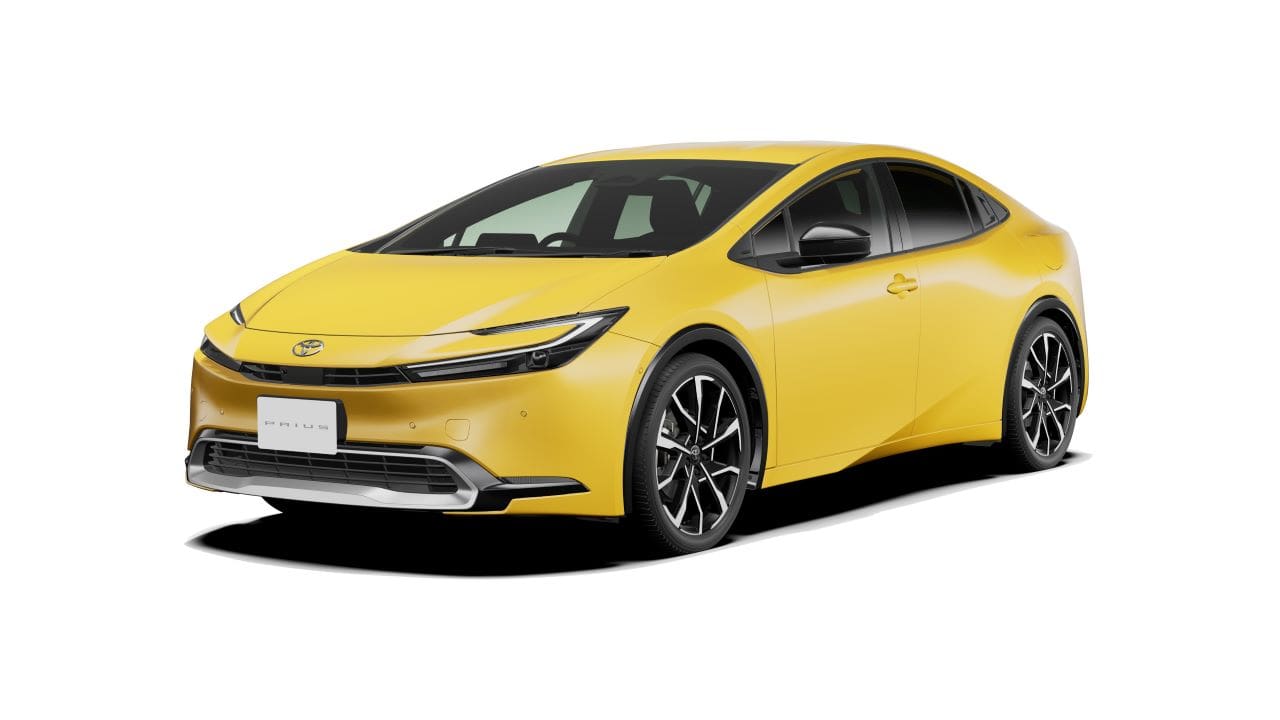
The start of this month saw the official launch of an all-new Toyota Prius PHEV in Japan. With the new Z grade/variant, you get the latest plug-in hybrid system which combines a compact, high-capacity drive battery, high-output drive motor, and high-efficiency gasoline engine.
All-new Toyota Prius PHEV Z variant launched in Japan, but will PH also get it?
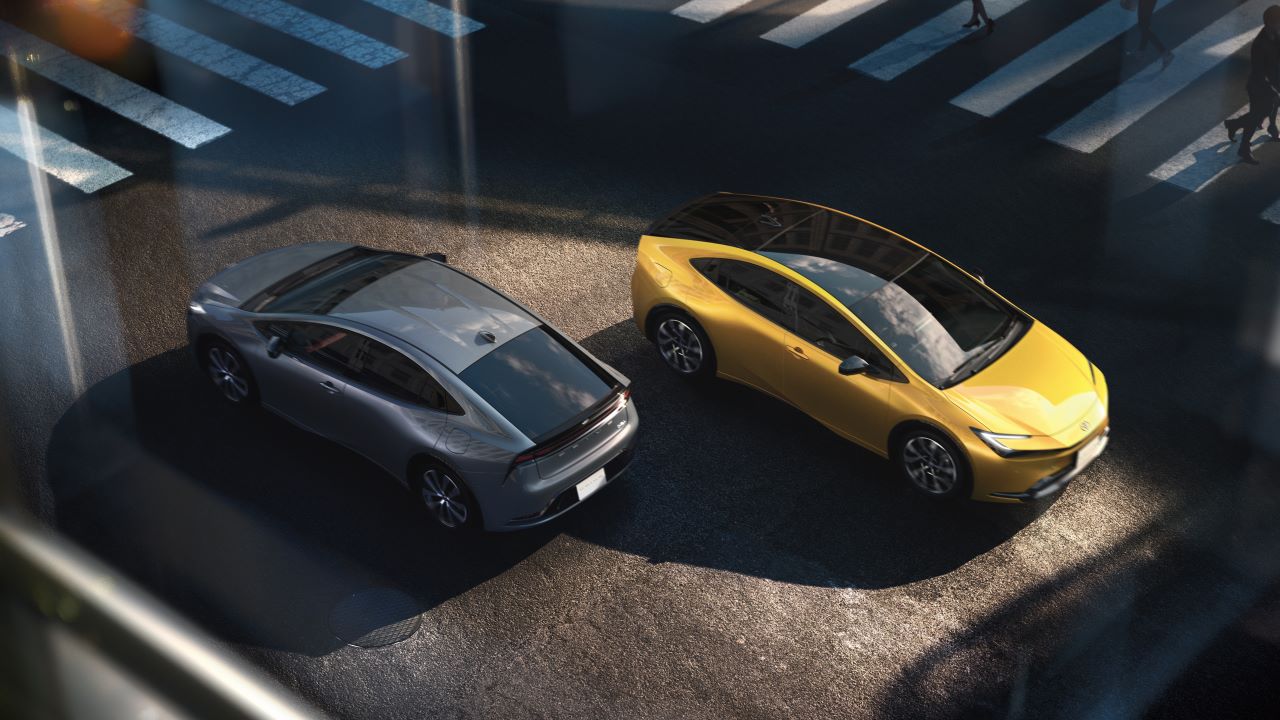
Photo: Toyota
The exterior has not changed since this is but an all-new variant and not an entirely new model of the Prius, per se. On the outside, it looks the same as the model that Toyota released in November last year, but the engine and hybrid technology have been upgraded to make the Prius PHEV more fuel-efficient and fun to drive.
The exclusive PHEV design comes with sporty 19-inch aluminum wheels that give a sense of high-performance driving, as well as a metallic silver lower grille and smoked gray taillight assemblies that “emphasize technical advancement”.
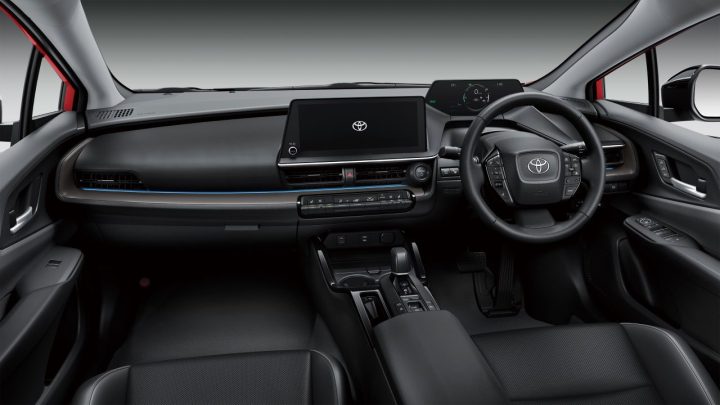
Photo: Toyota
The interior also retains much if not all of its design and touches. It’s still predominantly black and now comes with red or blue accents. The floating design of the gauge cluster and infotainment screen has also been retained, as well as the ambient lighting system that is linked to the Toyota Safety Sense system (TSS).
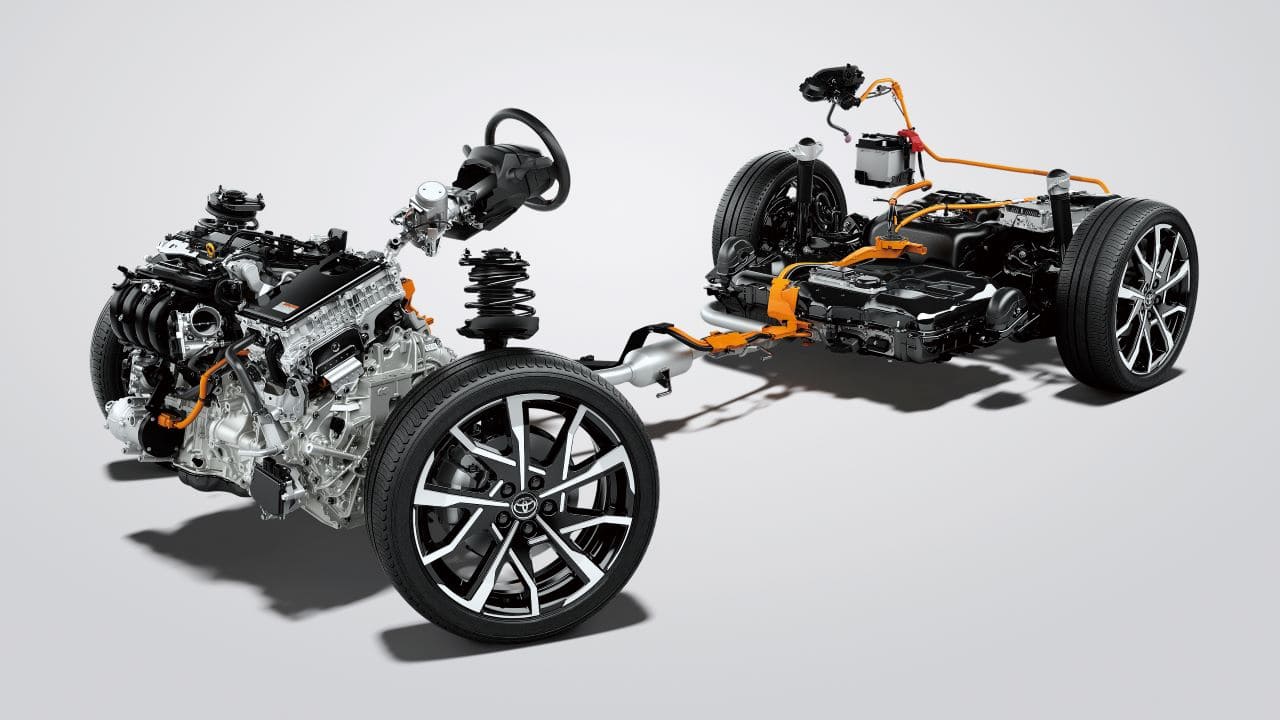
Photo: Toyota
The goodies of the Prius PHEV are what’s underneath. The 2.0-liter Plug-in Hybrid System is based on the latest fifth-generation hybrid system. It combines a compact, high-capacity drive battery and high-output drive motor in Toyota’s first use of its newly developed 2.0-liter Plug-in Hybrid System.
That makes for around 223 HP of power which is double the previous model’s. With its 19″ alloys, fuel efficiency was pegged at 26 km/L, and using the batteries alone can give a range of 87 km. The Prius PHEV also comes with Regeneration Boost. This system provides stronger regenerative braking force than normal to deliver responsive driving performance while reducing the frequency of switching between the accelerator and brake pedals.
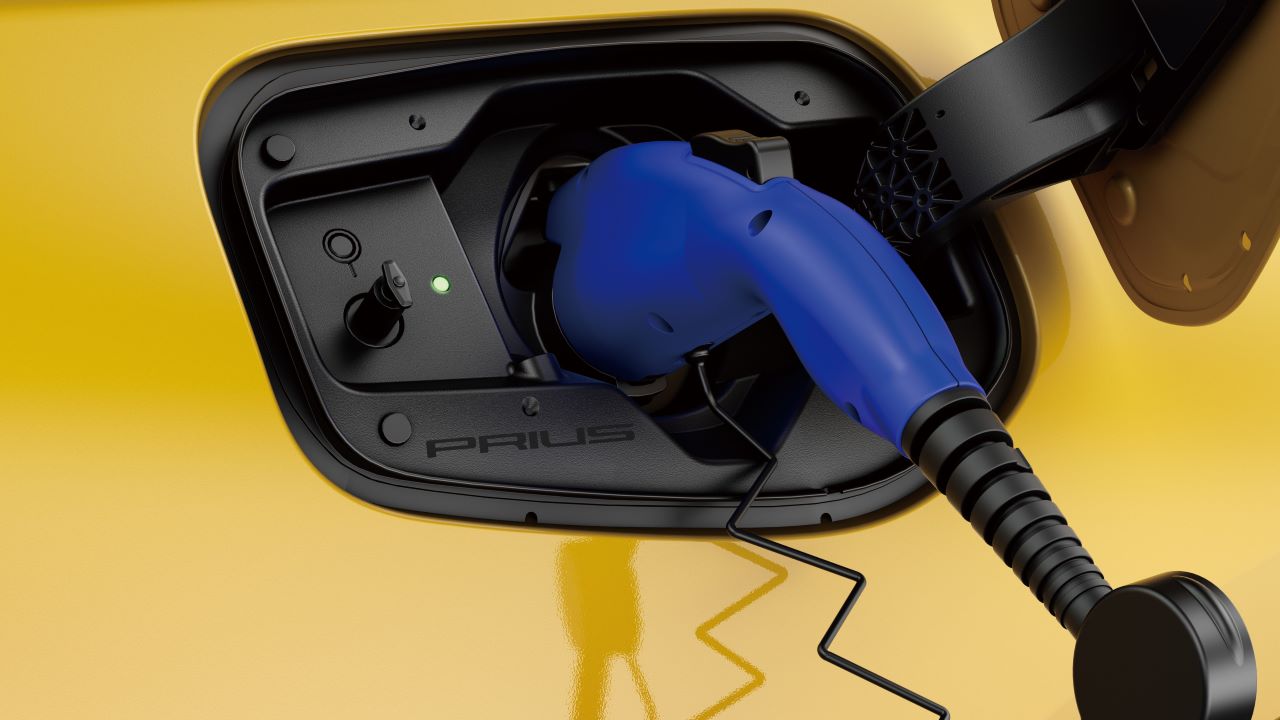
Photo: Toyota
Unique to the Prius PHEV is that it comes with both a BEV external power supply mode and an HEV external power supply mode. The former uses electricity stored in the battery to provide an external power supply for outdoor, leisure, and other activities, and the latter allows the Prius PHEV to be used as a power supply during blackouts, disasters, and other emergencies.
In the HEV external power supply mode, electrical is supplied only from the battery. When the remaining power falls to a set level, the engine starts to supply electricity. A fully charged battery and a full tank of gas can provide enough electricity for about five days of use.
The Prius PHEV also comes with a second-generation solar charging system that efficiently converts solar energy into electricity, providing enough power to drive up to 1,250 km per year in BEV mode. A solar panel is installed into the vehicle’s roof and allows the Prius PHEV’s battery to be recharged even without the proper infrastructure. Electric power generated from the solar panel is used to charge the drive battery while parked and supplies electricity not just for driving but for air conditioning and other functions as well. The system also supplies the auxiliary battery system when driving to reduce drive battery consumption.
Perhaps the biggest novelty of the Prius PHEV is the “My Room Mode”. With it, users can enjoy air conditioning and audio systems from the external power source by turning the power switch on during normal charging. This feature turns the car interior into an additional room that can be used for teleworking, rest, or any other activities without having to turn on the engine.
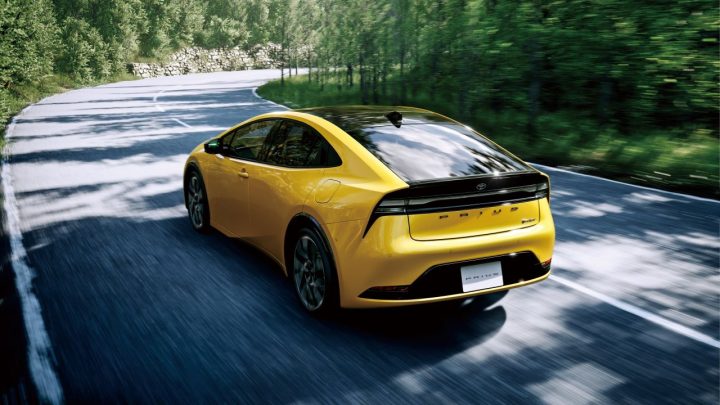
Photo: Toyota
We all know of Toyota’s strong push for going zero-carbon and being environment-friendly. We already have a good choice of hybrids and plug-ins from the Toyota (and Lexus) stables, but adding a nameplate like the Prius wouldn’t be such a bad idea, would it? It was relatively popular, and it did have sort of its own following. Should Toyota decide to bring the Prius PHEV Z into the country, that’s just another option that they’re providing for those who are equally emissions-conscious.
The only question now is that if they do, how much will it be priced?



no info about fuel capacity, self driving features..